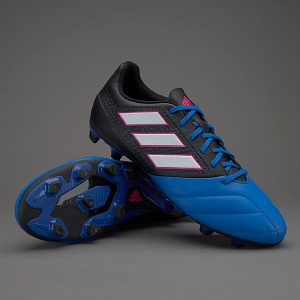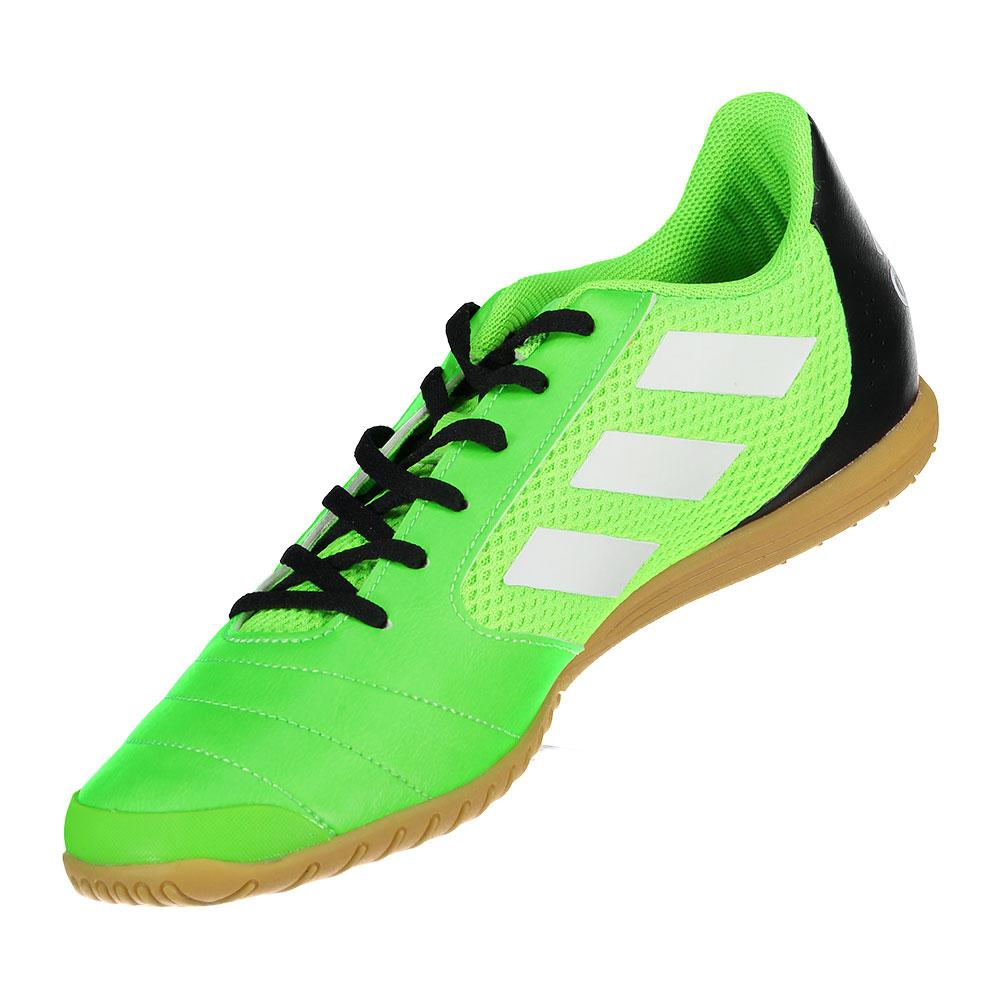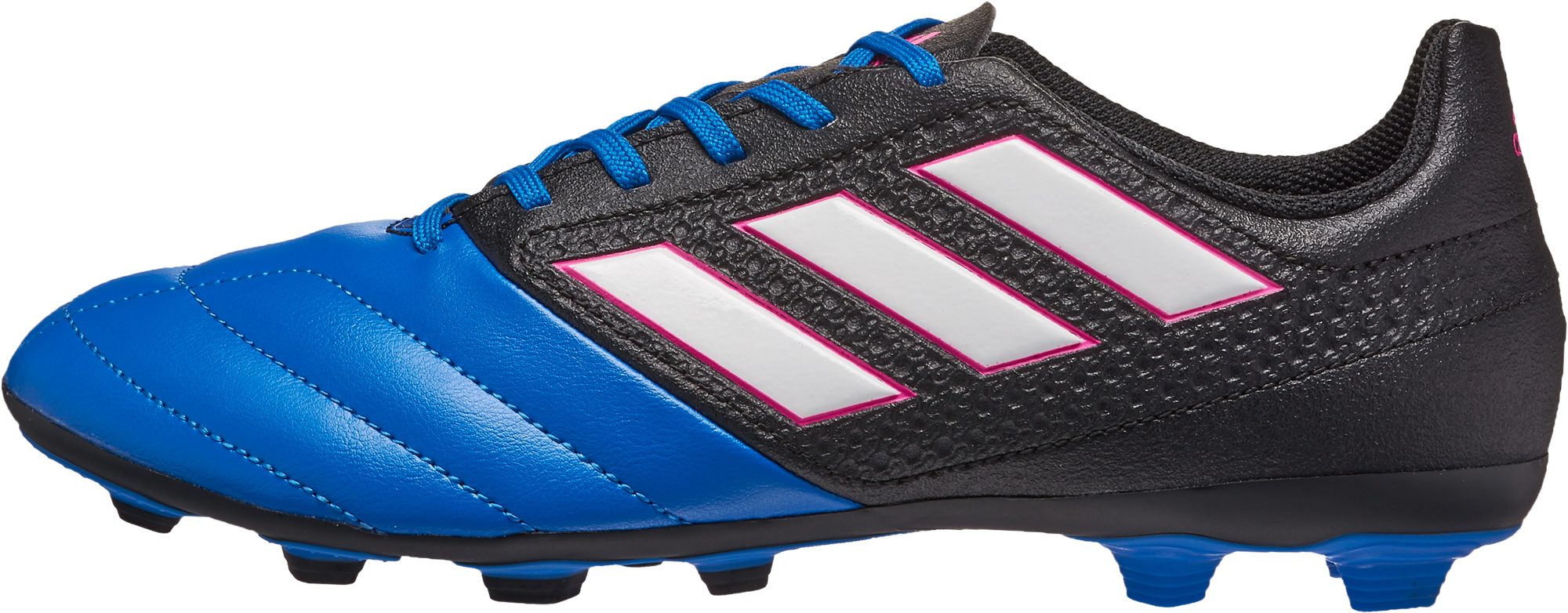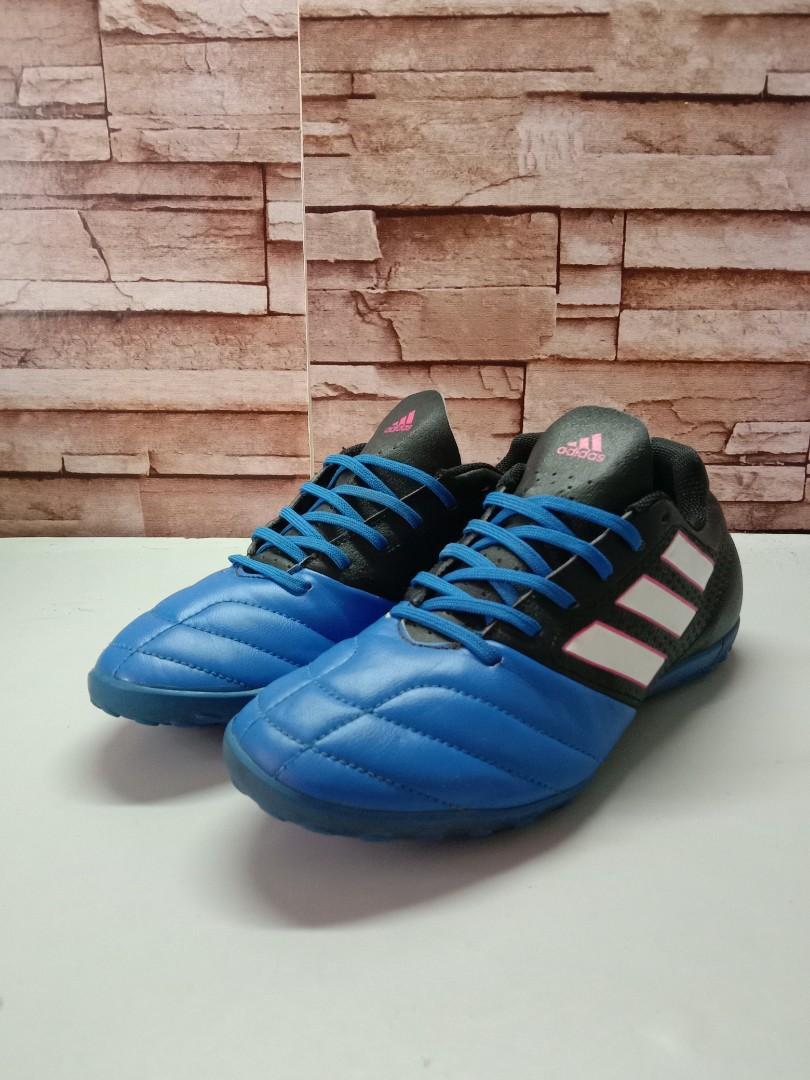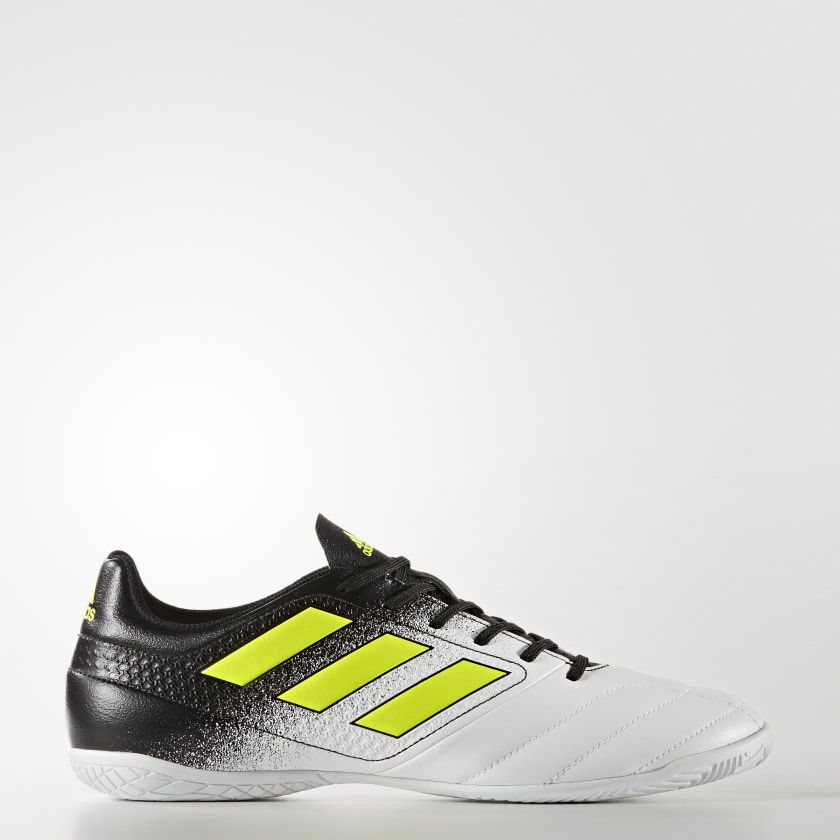
CHUTEIRA Adidas Futsal ACE 17.4 - S77100 - Claus Sports - Loja de Material Esportivo - Tênis, Chuteiras e Acessórios Esportivos

Amazon.com | adidas Ace 17.4 in J H&L Junior Indoor Football Trainers (UK 4.5 US 5 EU 37 1/3, Black White Blue BB5587) | Fashion Sneakers






